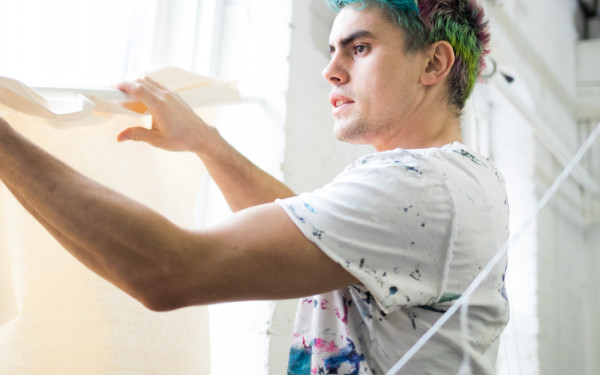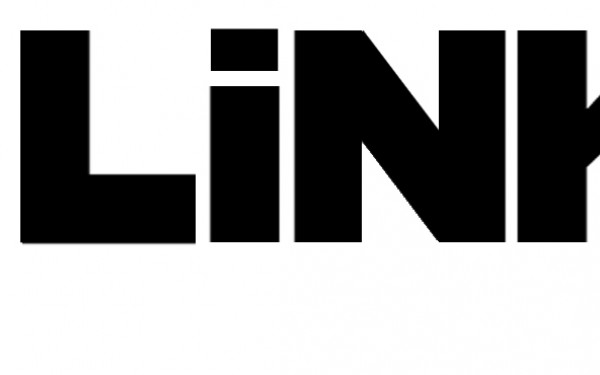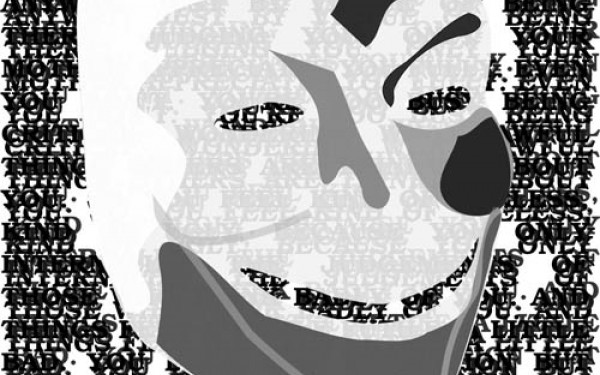Artist Leaves Original Works in Montreal Bus Stops
Aquil Virani Shares his Artwork with the Community
On the corner of Rachel St. E. and Roche St., a bus driver slowed to a crawl and peered to his right. Outside, he saw Aquil Virani, a Surrey, B.C. born, Montreal-based visual artist, taping one of his works onto the inside of a bus shelter.
A sign Virani placed inside reads, in French, “A Free Work of Art,” with a brief explanation leading viewers to his website. “If you like it, take it!” the description says.
In a nutshell, that’s the project. Like leaving items on the curb before moving day, hoping that somebody will provide your old bookcase with a loving home, Virani has been leaving his old works in bus shelters across Montreal with the goal of bringing his art to the public. It’s about making art accessible, said Virani.
“There’s a history of taking back public spaces and using them as an art gallery, and why not?”
Placing his works in bus shelters, he said, is his own form of place-making—a concept often seen in urban planning which calls upon and uses a community’s local flavour to create a happier, healthier environment. In doing so, he’s taking a stance against the inherently elitist nature of the art world by creating his own local miniature art galleries in places as mundane as bus shelters.
“Even well-meaning fine arts communities, by necessity, create the elitism,” Virani said. “In other words, even if we all mean well, [certain artists] are going to get picked versus other artists. It’s just a natural thing that happens.”
Many of them come from older, labour-intensive projects, such as The 24 Project, in which he created 24 pieces of art in 24 hours for his 24th birthday. He hopes that his work will bring joy to those who pick them up.
“There’s this sense in which this whole thing is part of an overall force of good in the world,” he said. “In terms everything I do, I’m like, ‘How is this making some sort of impact?’”
“In terms everything I do, I’m like, ‘How is this making some sort of impact?’”— Aquil Virani, artist
This impact, Virani continued, can extend beyond bringing joy, of educating and spreading awareness. “I made a personal pact to have any art project I do be socially relevant in some way,” he explained. He said, for example, that he wouldn’t paint a portrait of Marilyn Monroe in bright pink and yellow hues just because it will sell. There needs to be a greater purpose.
“This could fall under generally making someone’s day, making someone happy,” he said. “I don’t like the idea of making a Marilyn Monroe painting if it doesn’t say anything,” he joked, “unless it’s a feminist Marilyn Monroe painting.”
Virani’s use of intention—the way in which he carefully develops concepts which challenge his ability to create—is similar to the way an improv actor makes use of their environment to build scenes that resonate. And it makes sense: Virani coaches and performs with Montreal Improv. Some of the core values, he explained,
transfer into the art world seamlessly.
“The similarities I found were being okay failing, getting over the fear of someone not liking what you’re doing, saying yes to everything, using the mistakes,” he elaborated. “When the mistake happens, that’s the gold […] Art can be a lot like that.”
One such mistake, for example, gave the canvas he was placing on the wet pavement—which he had originally created for his art-inspired improv show—its distressed look. Virani had forgotten the piece outside and the stenciled-on paint spread, giving it a sprayed on, comfortably grimy appearance.
Virani’s overall approach to art has an improvisational quality. Pushing his boundaries, as opposed to resting on his laurels, is how he knows that he’s continuously moving forward. “The moment that I start knowing that [a piece is] going to work out, I’m not that interested in making it,” he explained. “It’s my personality type.”

web_900_600_90.jpg)
web2_900_600_90.jpg)
_600_832_s.png)


__thumb_600_375_90_s_c1.JPG)

